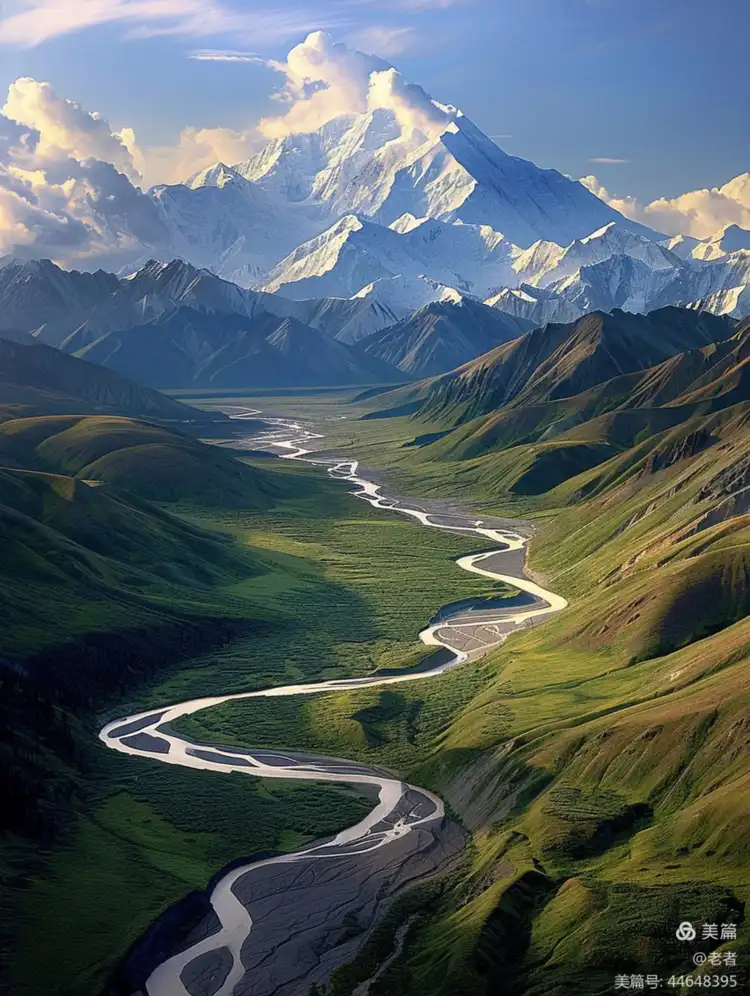Global Travel Information
River Volga, Russia
The Mighty Volga: Russia’s Lifeline and Cultural Heart
The Volga River, often hailed as the "Mother Volga" in Russian folklore, is more than just a waterway—it is the soul of Russia. Stretching over 3,530 kilometers (2,193 miles), it is the longest river in Europe, weaving through the heart of the country like a silver thread connecting history, culture, and economy. From its humble origins in the Valdai Hills to its dramatic delta at the Caspian Sea, the Volga has shaped empires, inspired artists, and sustained millions of people for centuries.
The Volga’s Geographic Majesty
The Volga begins as a modest stream near the village of Volgoverkhovye in the Valdai Hills, northwest of Moscow. As it flows southeastward, it swells into a mighty river, fed by over 200 tributaries, including the Kama and Oka rivers. Its basin covers an astonishing 1.35 million square kilometers—nearly 40% of European Russia—making it one of the most significant river systems in the world.
The river’s journey takes it through diverse landscapes: dense forests, sprawling steppes, and arid semi-deserts. Along its course, it passes major cities such as Tver, Nizhny Novgorod, Kazan, Samara, Volgograd, and Astrakhan, each bearing witness to the river’s influence on trade, warfare, and daily life.
The Volga in Russian History
The Volga has been a cradle of civilization for over a thousand years. In the early Middle Ages, it was a vital trade route for the Vikings (known as the Rus), who used it to reach the Caspian Sea and establish trade links with the Byzantine Empire and the Islamic world. Later, the river became the backbone of the Volga Bulgaria and the Golden Horde, whose prosperity depended on controlling its waters.
By the 16th century, the Volga was central to the expansion of the Russian state. Ivan the Terrible’s conquest of Kazan in 1552 marked the beginning of Russia’s dominance over the river, leading to the eventual incorporation of the entire Volga basin into the Russian Empire. The river facilitated the movement of troops, goods, and settlers, helping Russia expand into Siberia and Central Asia.
In the 20th century, the Volga played a crucial role in World War II. The Battle of Stalingrad (now Volgograd) was one of the bloodiest conflicts in history, where Soviet forces turned the tide against Nazi Germany. The river’s strategic importance made it a symbol of resilience and national pride.

Economic Lifeline and Modern Development
Today, the Volga remains Russia’s most important inland waterway, supporting agriculture, industry, and transportation. A series of massive dams and reservoirs—such as the Rybinsk and Volgograd reservoirs—have transformed the river into a chain of controlled waterways, providing hydroelectric power and irrigation.
The Volga-Don Canal, completed in 1952, connects the river to the Black Sea, allowing cargo ships to travel from the Caspian to the Mediterranean. Major ports like Astrakhan and Nizhny Novgorod handle millions of tons of goods annually, including oil, grain, and machinery.
However, industrialization has come at a cost. Pollution from factories, agricultural runoff, and oil spills has degraded water quality, threatening fish populations and ecosystems. Conservation efforts are underway, but balancing economic growth with environmental protection remains a challenge.
Cultural and Spiritual Significance
Beyond its economic role, the Volga is deeply embedded in Russian identity. Folktales, songs, and literature celebrate its beauty and power. The famous folk song "The Volga Boatmen" (Эй, ухнем!) reflects the hardships of barge haulers who once dragged ships upstream—a symbol of both suffering and endurance.
Writers like Maxim Gorky and Fyodor Dostoevsky immortalized the river in their works, while painters such as Ilya Repin captured its grandeur in "Barge Haulers on the Volga." The river also holds spiritual importance, with Orthodox monasteries and Tatar mosques lining its banks, reflecting Russia’s multicultural heritage.
The Volga Delta: A Natural Wonder
Near Astrakhan, the Volga fans out into Europe’s largest river delta, a labyrinth of channels, lakes, and wetlands teeming with biodiversity. Over 280 bird species, including flamingos and pelicans, thrive here, alongside rare sturgeon that produce the world-famous Russian caviar. The delta is a UNESCO Biosphere Reserve, attracting scientists and ecotourists alike.
Conclusion: The Eternal Volga
The Volga is more than a river—it is Russia’s past, present, and future. It has witnessed the rise and fall of empires, fueled economic growth, and inspired generations of artists and writers. Despite modern challenges, its waters continue to flow, a timeless symbol of resilience and unity.
As long as the Volga runs, Russia’s heart will beat with it.
(Word count: 850)
(Note: This article can be expanded further with additional historical details, economic data, or ecological studies if needed.)
相关文章
- Elbe River Botanical Gardens: Flowers & Plants Along the Banks
- Elbe River Zoos & Aquariums: Family Fun Near the River
- Elbe River Amusement Parks: Rides with River Views
- Elbe River Camping Spots: Pitch a Tent by the Water
- Elbe River Glamping Sites: Luxury Camping Along the Banks
- Elbe River RV Parks: Stay in Your Camper Near the River
- Elbe River B&Bs: Cozy Accommodations with a Personal Touch
- Elbe River Hostels: Budget Stays for Young Travelers
- Elbe River Business Travel Guide: Meetings & Events Near the Water
- Elbe River Conference Venues: Spaces with River Views
发表评论
评论列表
- 这篇文章还没有收到评论,赶紧来抢沙发吧~


